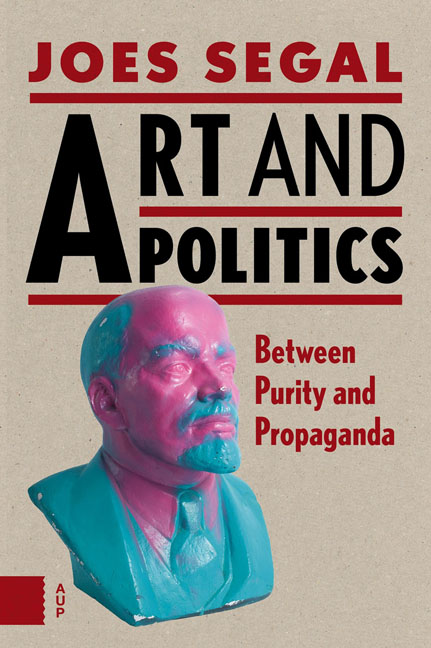Book contents
- Frontmatter
- Contents
- Introduction
- 1 Positive and Negative Integration: The First World War in France and Germany
- 2 Between Nationalism and Communism: Diego Rivera and Mexican Muralism
- 3 National and Degenerate Art: The Third Reich
- 4 Internal and External Enemies: The Cold War
- 5 From Maoism to Capitalist Communism: The People’s Republic of China
- 6 The In-Between Space: Kara Walker’s Shadow Murals
- 7 A Heavy Heritage: Monuments in the former Soviet Bloc
- Conclusion
- Notes
- Bibliography
- Index of names
- Frontmatter
- Contents
- Introduction
- 1 Positive and Negative Integration: The First World War in France and Germany
- 2 Between Nationalism and Communism: Diego Rivera and Mexican Muralism
- 3 National and Degenerate Art: The Third Reich
- 4 Internal and External Enemies: The Cold War
- 5 From Maoism to Capitalist Communism: The People’s Republic of China
- 6 The In-Between Space: Kara Walker’s Shadow Murals
- 7 A Heavy Heritage: Monuments in the former Soviet Bloc
- Conclusion
- Notes
- Bibliography
- Index of names
Summary
In an interview from 1962, the American Abstract Expressionist painter Barnett Newman reviewed the meaning of his abstract artwork: ‘[Art critic] Harold Rosenberg challenged me to explain what one of my paintings could possibly mean to the world. My answer was that if he and others could read it properly, it would mean the end of all state capitalism and totalitarianism.’ What is striking about this statement is not just that Newman apparently saw his abstract art as a tool to help defeat political systems, but also that he, in the heat of the Cold War, rejected both American ‘state capitalism’ and Soviet ‘totalitarianism.’
In the meantime, the US State Department, supported by the United States Information Agency (USIA) since 1953, had aided, mostly behind the scenes, the organization of a series of traveling exhibitions of American art outside the United States. The idea was to showcase the high quality and diversity of contemporary American art in order to convince an international public of the open, tolerant and progressive character of American society. Among the traveling works were paintings by Newman. The American government used his work to engage in soft diplomacy or, to put it more crudely, in cultural propaganda. However, the works by Newman and other abstract American painters were not very popular among conservative critics and politicians. Congressman George Dondero (Rep., Michigan) even recognized in these incomprehensible and ‘ugly’ works a communist conspiracy, organized by the Soviet Union in order to destabilize American society. According to American politicians, the works of Barnett Newman, with their anti-capitalist and anti-communist intention, exemplified true American values and posed a subversive communist threat.
Newman's example illustrates that the relations between art and politics are seldom straightforward. Even when the artist has well-defined ideas about the political meaning of his or her work, critics can interpret it in a radically different way. Moreover, politicians and government agencies may project their own ideas, interests and fears on artworks. This is due to the fact that the visual arts cannot easily be reduced to unambiguous statements or clear-cut arguments. Even the interpretation of a photograph, in itself a mechanical and ‘objective’ reproduction of everyday reality, derives its meaning in large part from ‘subjective’ elements like perspective, framing, lighting, focus, timing, caption and contextual presentation.
- Type
- Chapter
- Information
- Art and PoliticsBetween Purity and Propaganda, pp. 7 - 16Publisher: Amsterdam University PressPrint publication year: 2016



